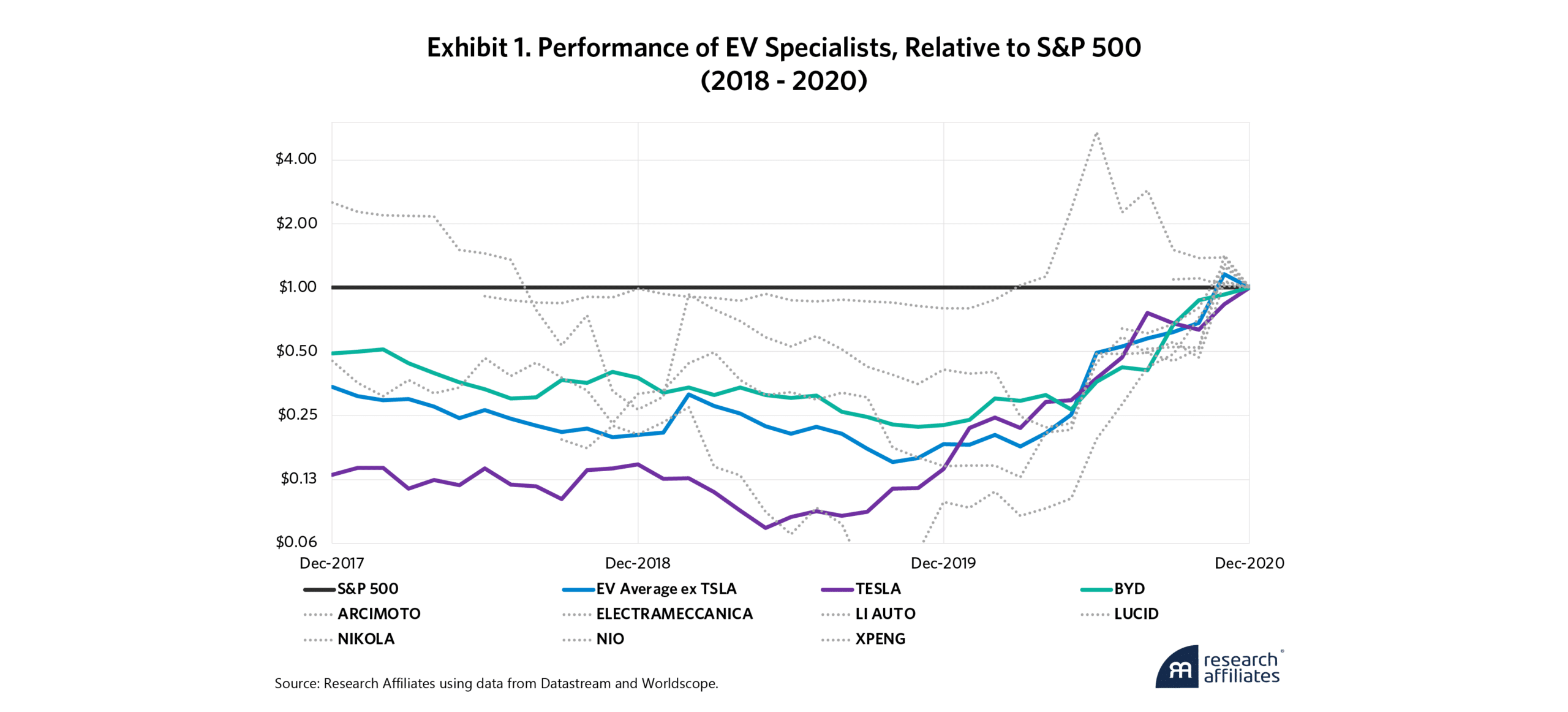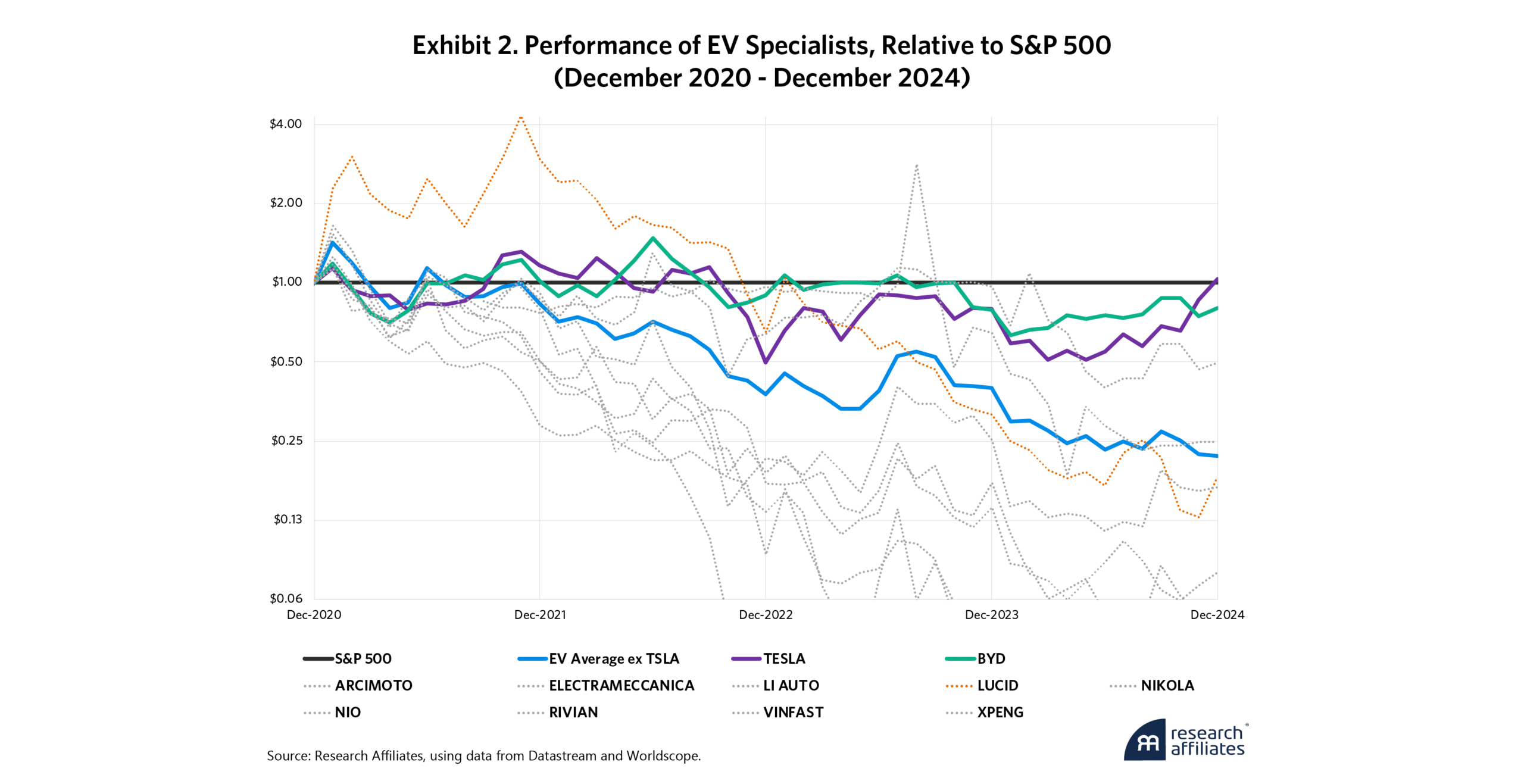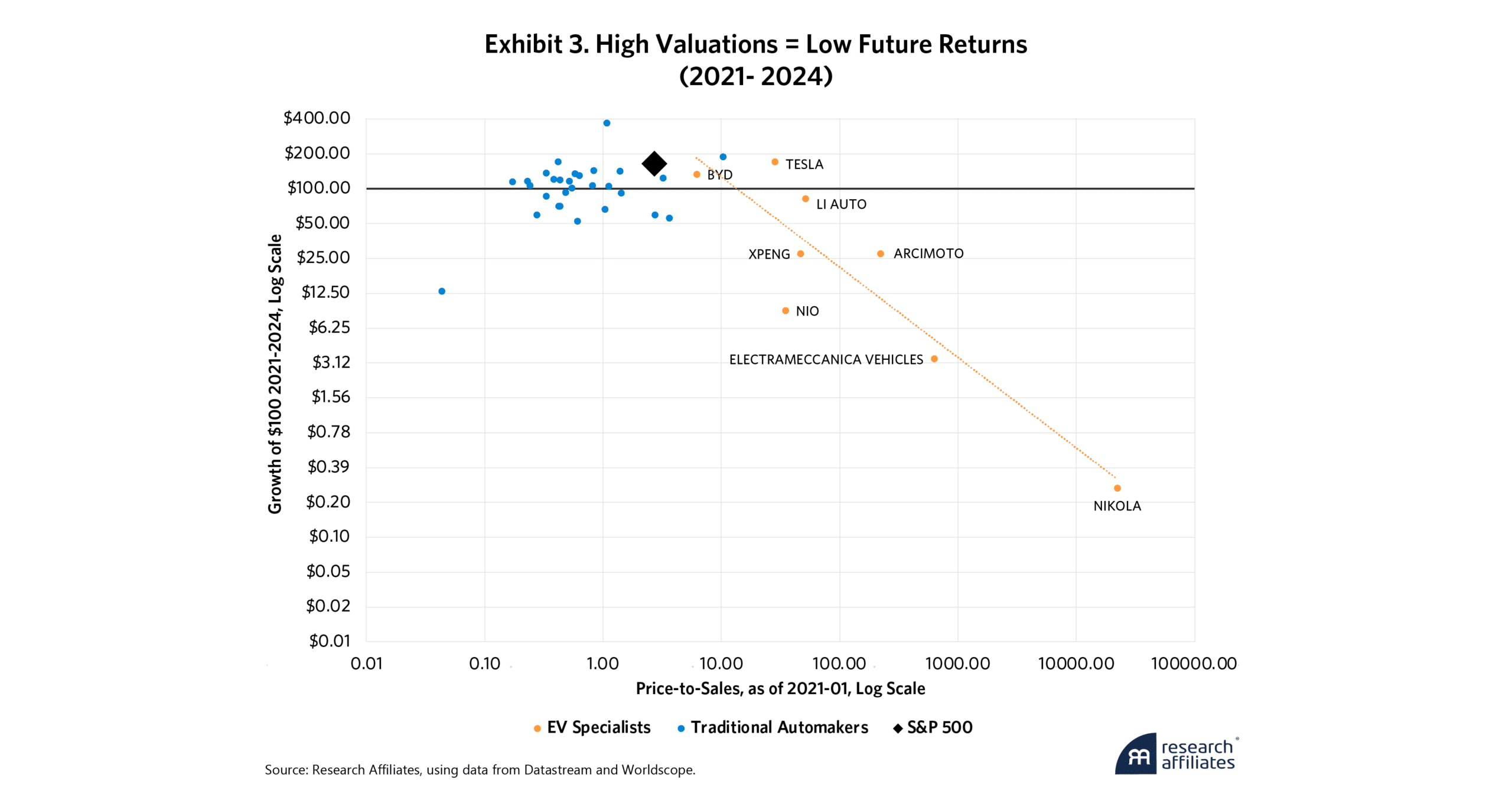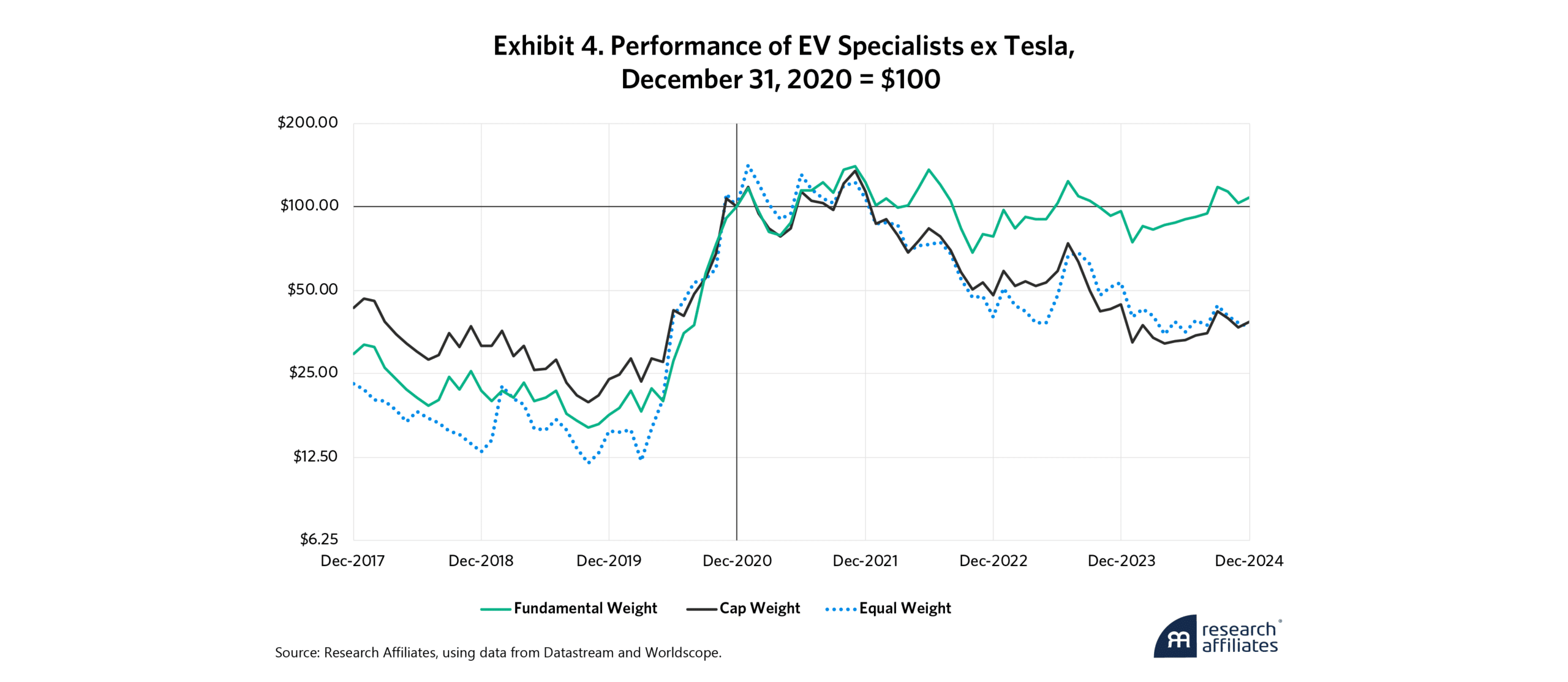From Liberation Day Chaos to Cautious RecoveryThe second quarter of 2025 started with the April 2nd “Liberation Day” tariff announcement that sent shockwaves through global financial markets. What began as extreme volatility and panic selling evolved into a remarkable recovery that saw the S&P 500 not only reclaim its losses but push to a record
Stock Price Performance in ReviewWe postponed publication of our quarterly memo awaiting the statement from President Trump on tariffs. That turned out to be wise. His statement hit the market, which was already down from year-end 2024, like a bomb. The impact of that bomb is encapsulated by three related facts.The S&P 500 dropped from
The P/E for automobile manufacturers is normally very low. Ford, GM and Toyota currently trade at 7 times earnings. Tesla’s P/E of 114 is unique in the auto industry. Elon Musk’s promises of future growth from humanoid robots and robotaxis have sustained Tesla’s high price but investors should be cautious as stock prices built on
By Rob Arnott, Bradford Cornell, Forrest Henslee, Thomas Verghese March 2025 Key Points Big market delusions (BMD) develop when investors anticipate that most early entrants in an exciting new market/technology will generate outsized returns. The recent electric vehicle (EV) craze demonstrates BMDs’ three-stage cycle of Frenetic expansion, eye-popping valuations, and painful consolidation.Despite all the EV hype, a portfolio of
Six years ago, our Senior Advisor, Prof. Cornell, delivered a thought-provoking keynote at the Claremont Colleges on the Conceptual Foundations of Finance. Its insights remain highly relevant, especially in today’s volatile stock market. We invite you to watch and explore ideas that continue to challenge and inspire financial thinking.
Featured Publication
By Rob Arnott, Bradford Cornell, Forrest Henslee, Thomas Verghese March 2025 Key Points Big market delusions (BMD) develop when investors anticipate that most early entrants in an exciting new market/technology will generate outsized returns. The recent electric vehicle (EV) craze demonstrates BMDs’ three-stage cycle of Frenetic expansion, eye-popping valuations, and painful consolidation.Despite all the EV hype, a portfolio of traditional automakers would have outperformed one composed of EV specialists from late 2020 through 2024, and a simple S&P 500 portfolio would have left them both in the dust.Investors who adopted a fundamental approach to the EV market, by sizing their bets based on sales rather than market cap, for example, could have avoided the worst of the shakeout.“Stock market bubbles don't grow out of thin air. They have a solid basis in reality, but reality as distorted by a misconception.” - George SorosRoll back the odometer to 2021 and




